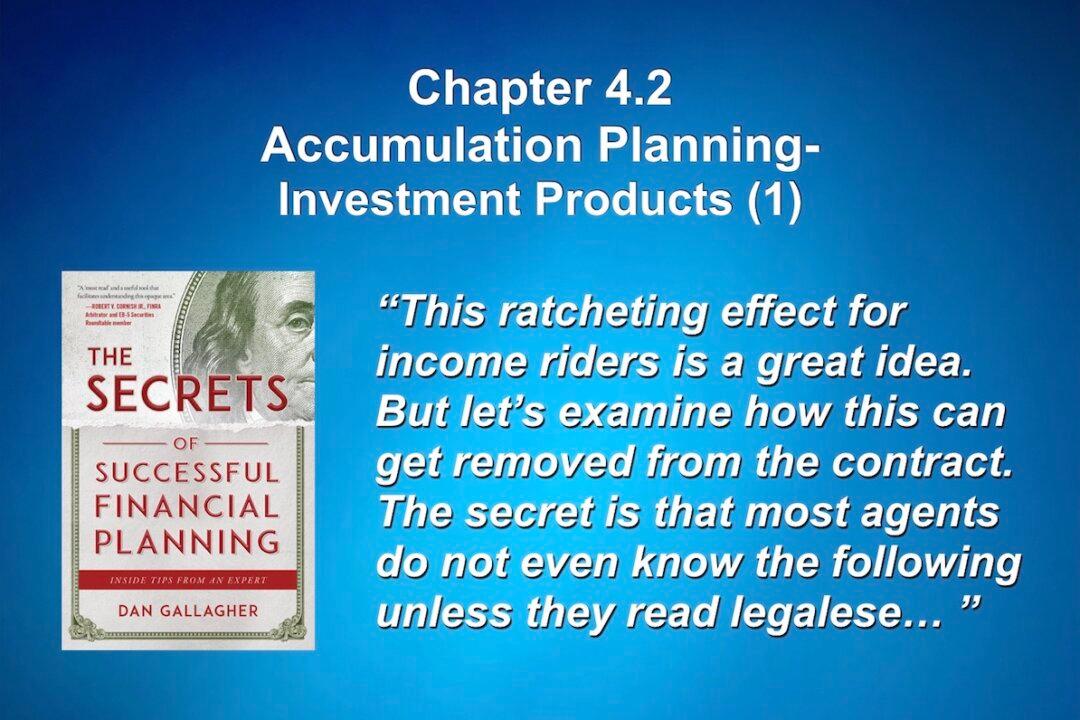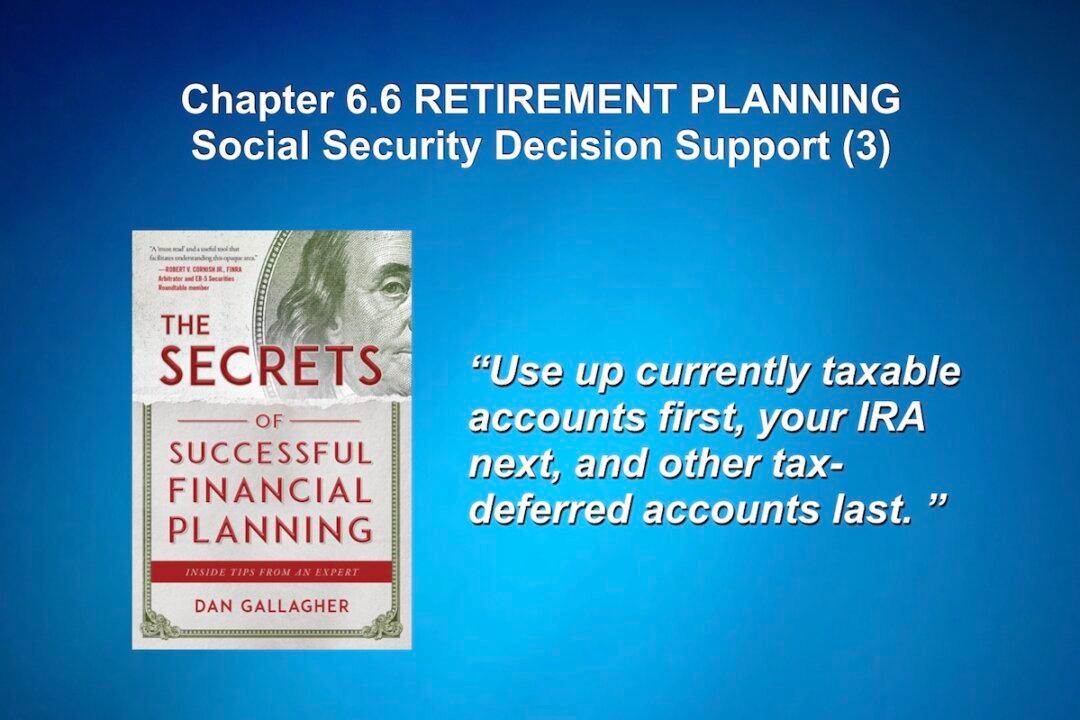Options as Investments
The owner of a call option has paid a dollar or so for the right to buy 100 shares of XYZ corporation’s stock (currently selling at $100/share) from the owner who sold the call option for $102/share at any time within a specified period, such as a year. The buyer knows that in most years the price of XYZ rises at least this much even though it sometimes loses, so doing this over and over again captures long-term price patterns. Now, imagine that the price rises to $105. That call contract could be exercised to buy 100 shares at $102 (a $3/share profit), or it can be sold to someone else for (almost) $105. Selling the call contract is what many investors do, harvesting almost $300 per 100-share contract. The seller of the call would have preferred to have kept all of the $5 gain, but at least the seller locked in $2 of that from the call premium. If the stock failed to rise above the strike price of $102 (or the stock lost value), the call would not be exercised; in that case, the premium would be the most the buyer lost even if the stock price plummeted, and the seller at least got that premium, mitigating some of that stock owner’s downside risk.
A put is the opposite type of contract: A buyer of a put gains the right to sell his stock to the seller of the put at a price a tad below the current price, thus limiting the downside risk for that stock owner; the stock owner paid a premium to assure that the selling price would be no lower than the strike price. There are combinations of these options, and even more exotic contracts, that can be bought and sold on electronic markets; they are used either defensively or speculatively. Understand these if you plan to have a portfolio containing individual stocks and bonds, because these are tools to defend securities value when you have reason to fear excess volatility coming; use these with the counsel of an experienced broker.
Best Annuity?
Prudential Life, a fine insurer, especially for large non-variable whole life policies, offers—even allows to be brokered by competitors—a fascinating variable annuity: the HD Lifetime series of annuities. These annuities have truly outstanding money managers available, and they expertly hire and fire these with diligence and care. This annuity has the highest fees I have seen in variable annuities, but a truly intriguing benefit: Every single day, the market value is recorded and then locked in for purposes of an income account (not a walk-away cash value lock-in). That is, the highest market value is guaranteed to be the “high water mark” from which an annuitant would draw lifelong income. Hence the term HD, for “Highest Daily value,” Lifetime. Some insurers guarantee only the highest market value that existed on any anniversary—Prudential locks in the highest day ever! But there are three catches that I have personally found consumers are not told, though they can find them in the prospectus. First, the management is “cloned” from other famous managers and mutual funds, but the cloned version is far less aggressive than the retail fund or manager, so Prudential dampens the return it must insure (its fees help with that too). Second, when one activates the income rider, the dampening effect on aggressiveness is far greater, but owners may think that their previous level of aggressiveness continues during the payout phase; it is not even close. Finally, the percentage of the insured high market value is lower than most such variable annuities. Is this a deception? Not technically, because reps are not expected to explain every detail; they must disclose the main details and present the prospectus and ask customers to read it.
This ratcheting effect for income riders is a great idea. But let’s examine how this can get removed from the contract. The secret is that most agents do not even know the following unless they read legalese: variable annuity issuers are regulated differently from equity index annuity issuers. VAs are subject to removal of the income rider (carriers can buy it back, like it or not) but equity index annuities issuers cannot.





